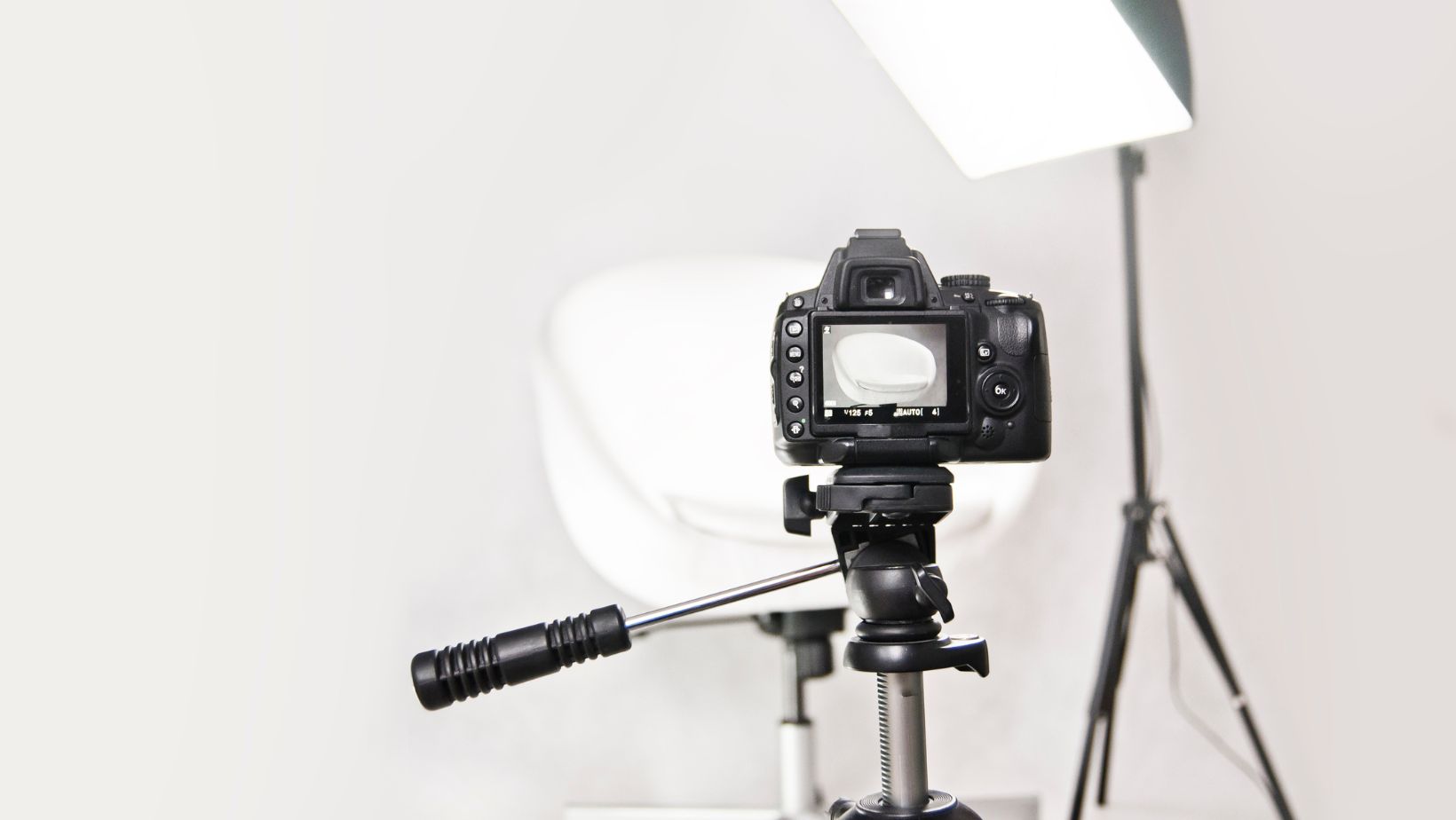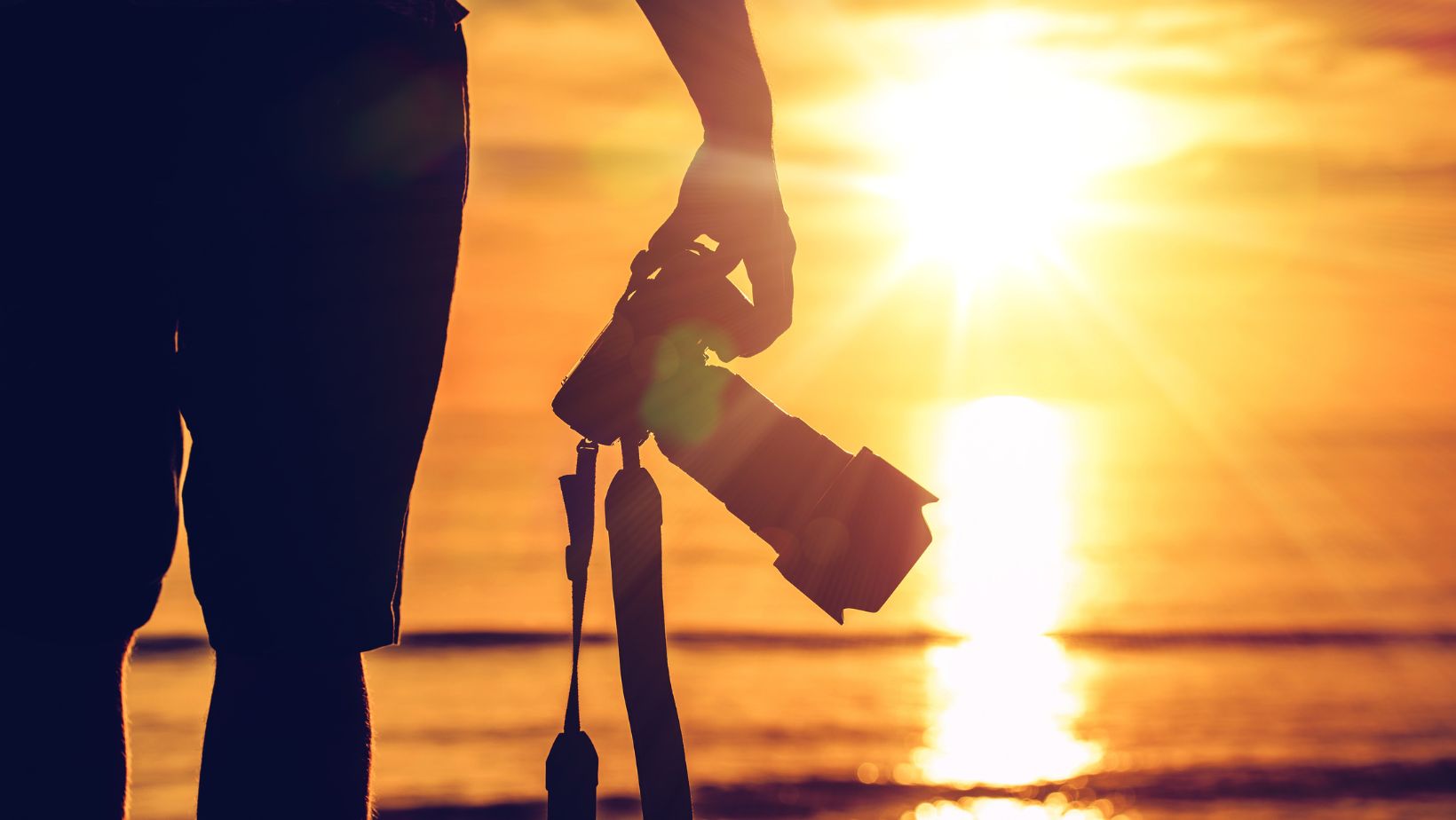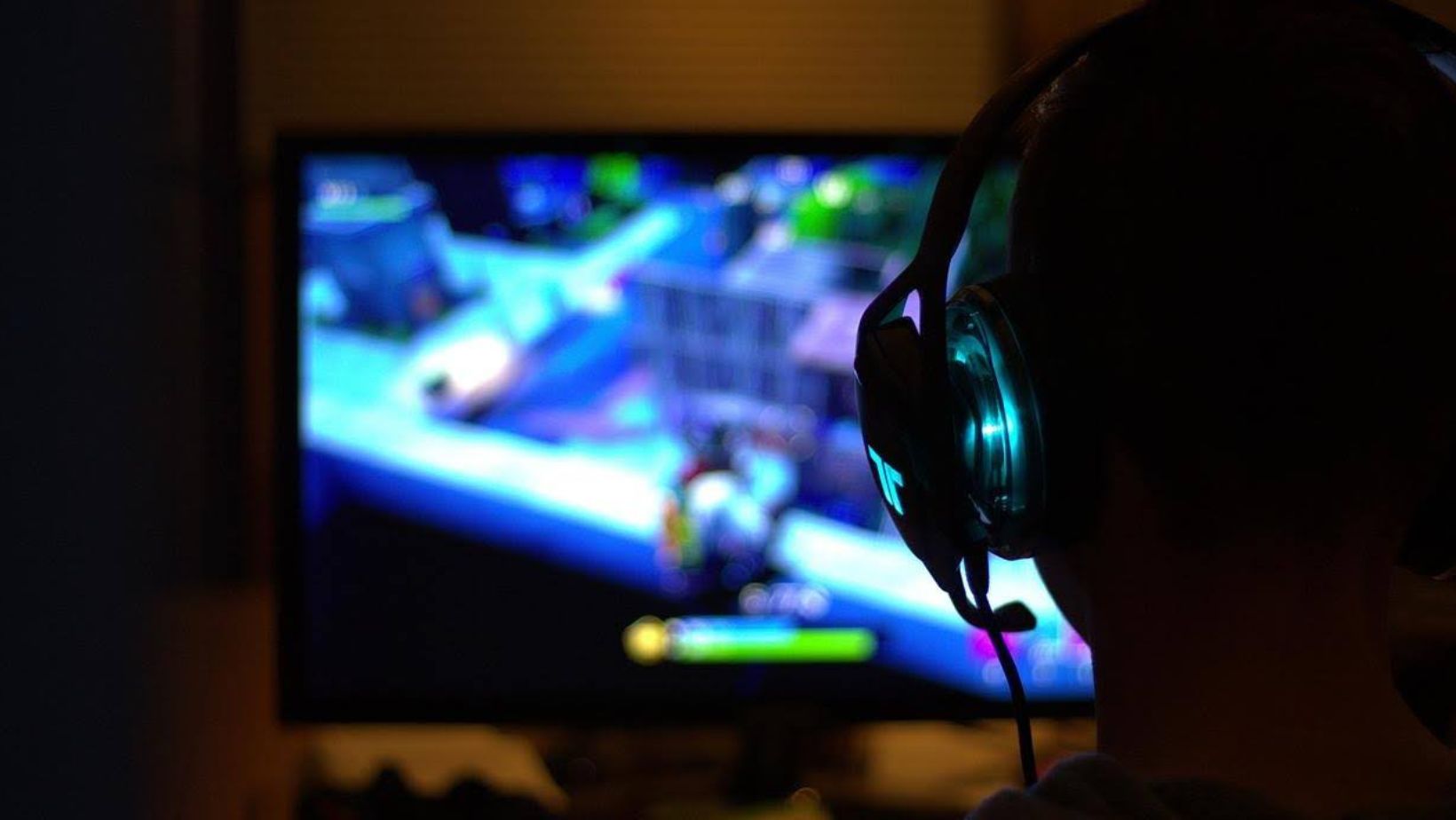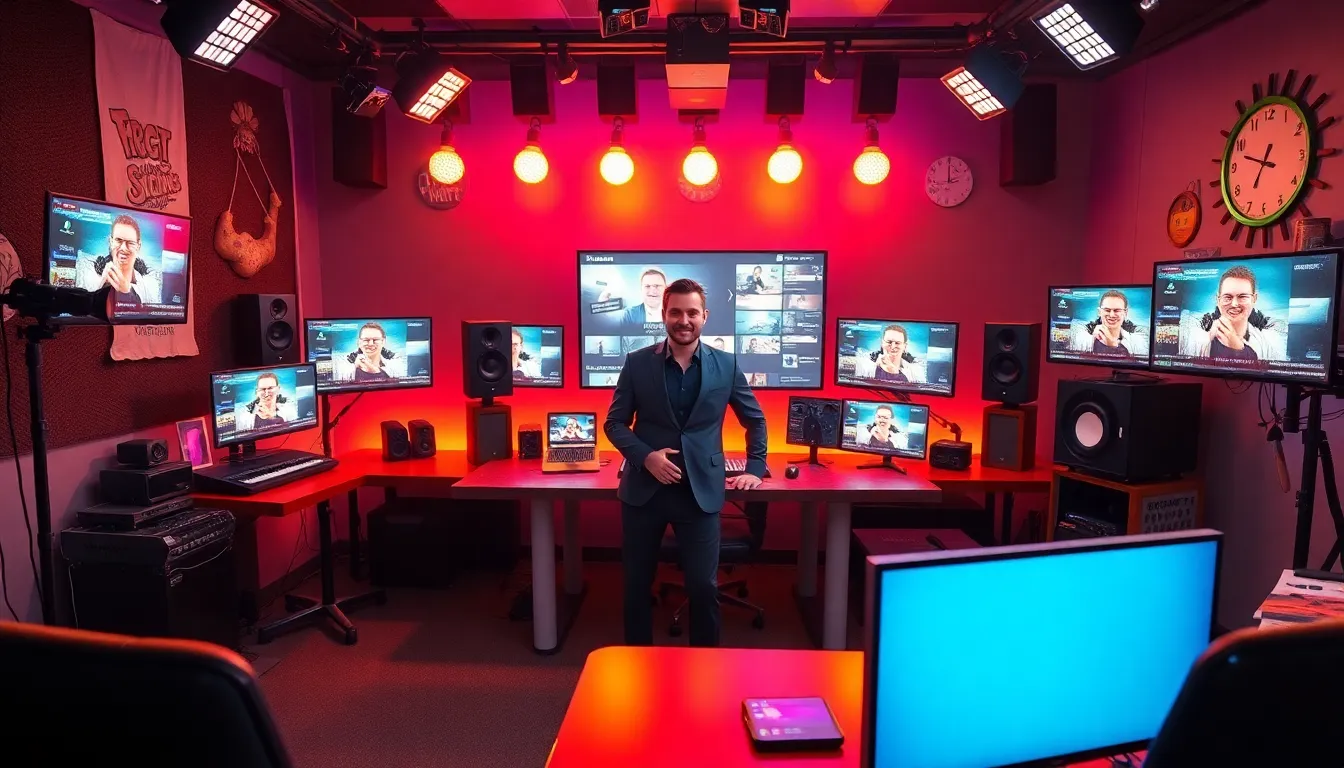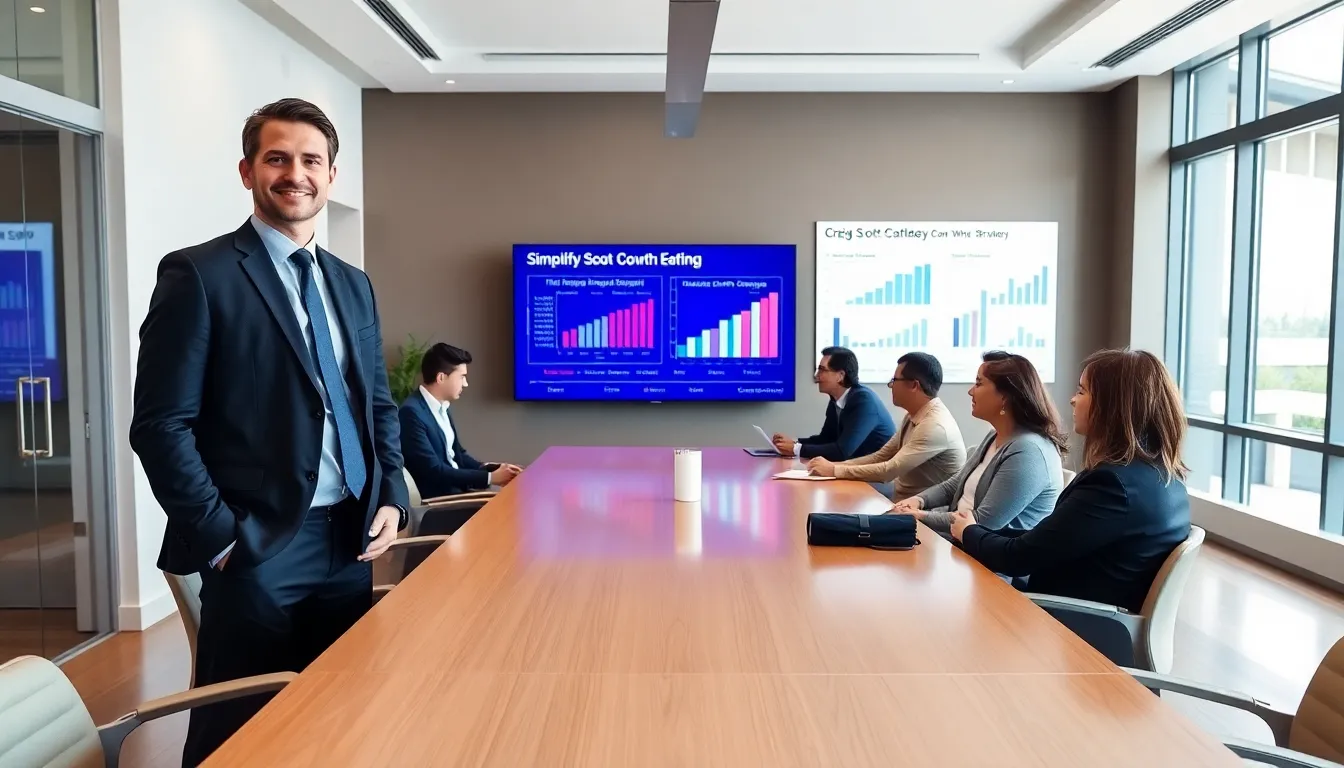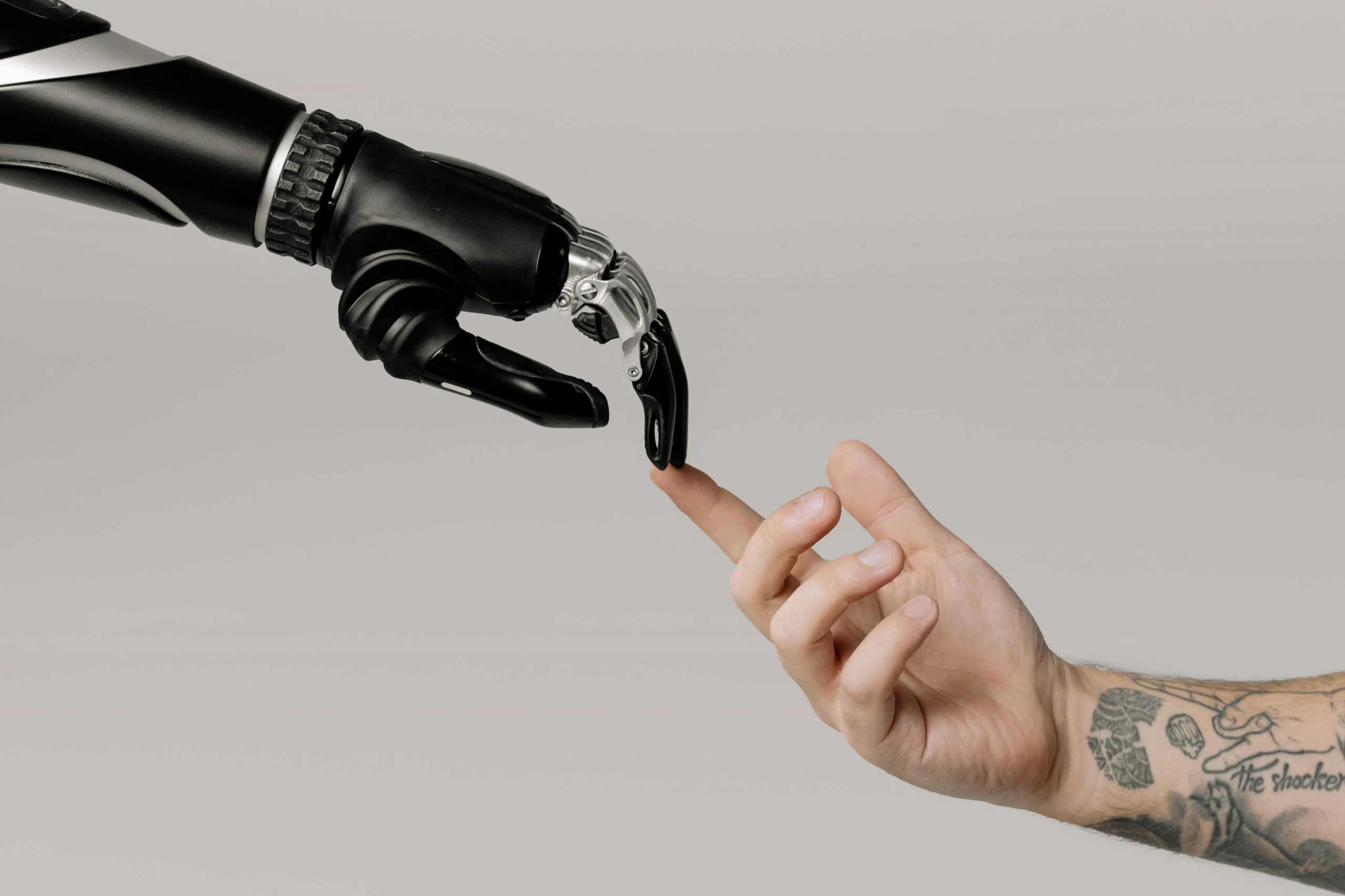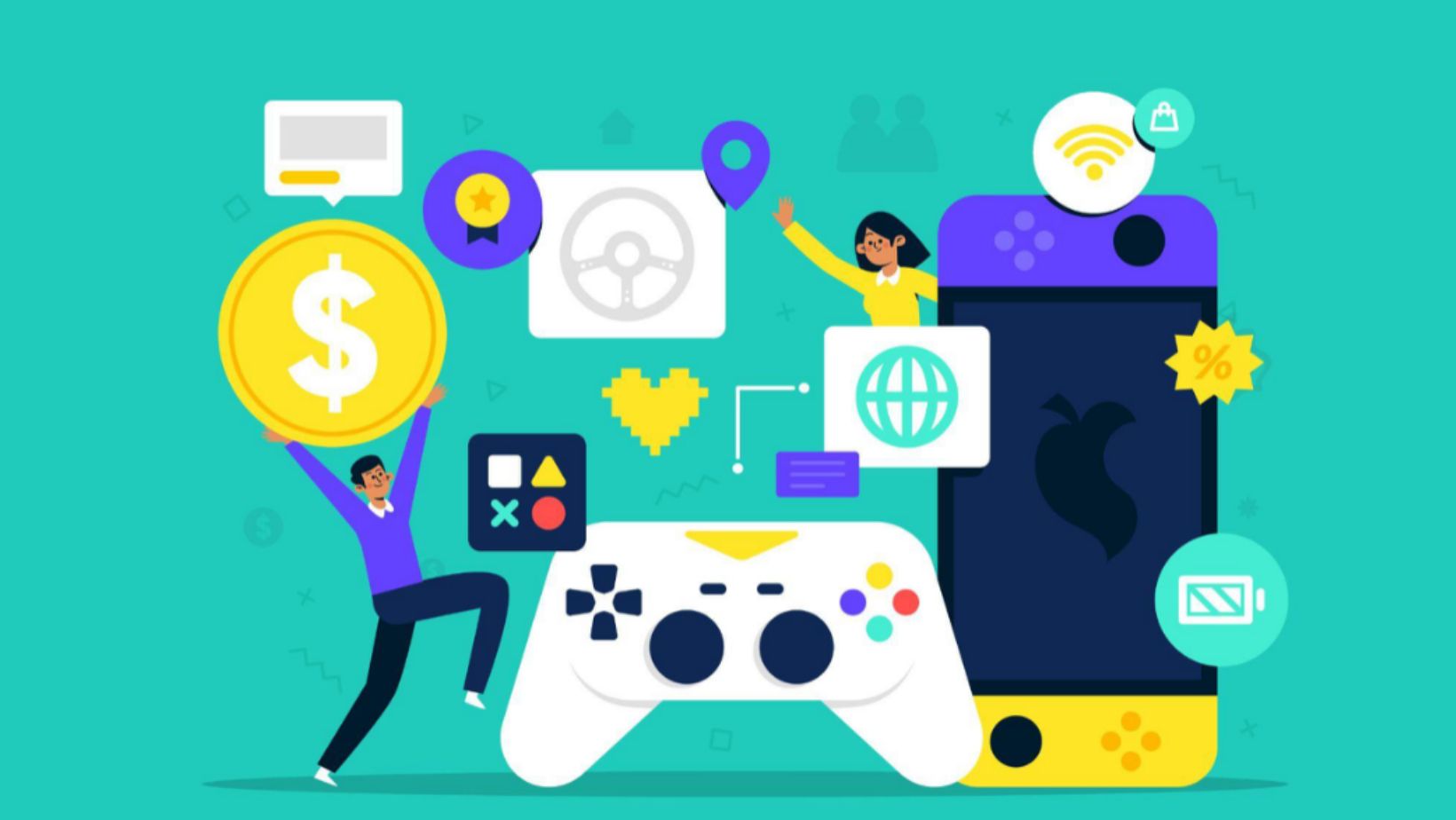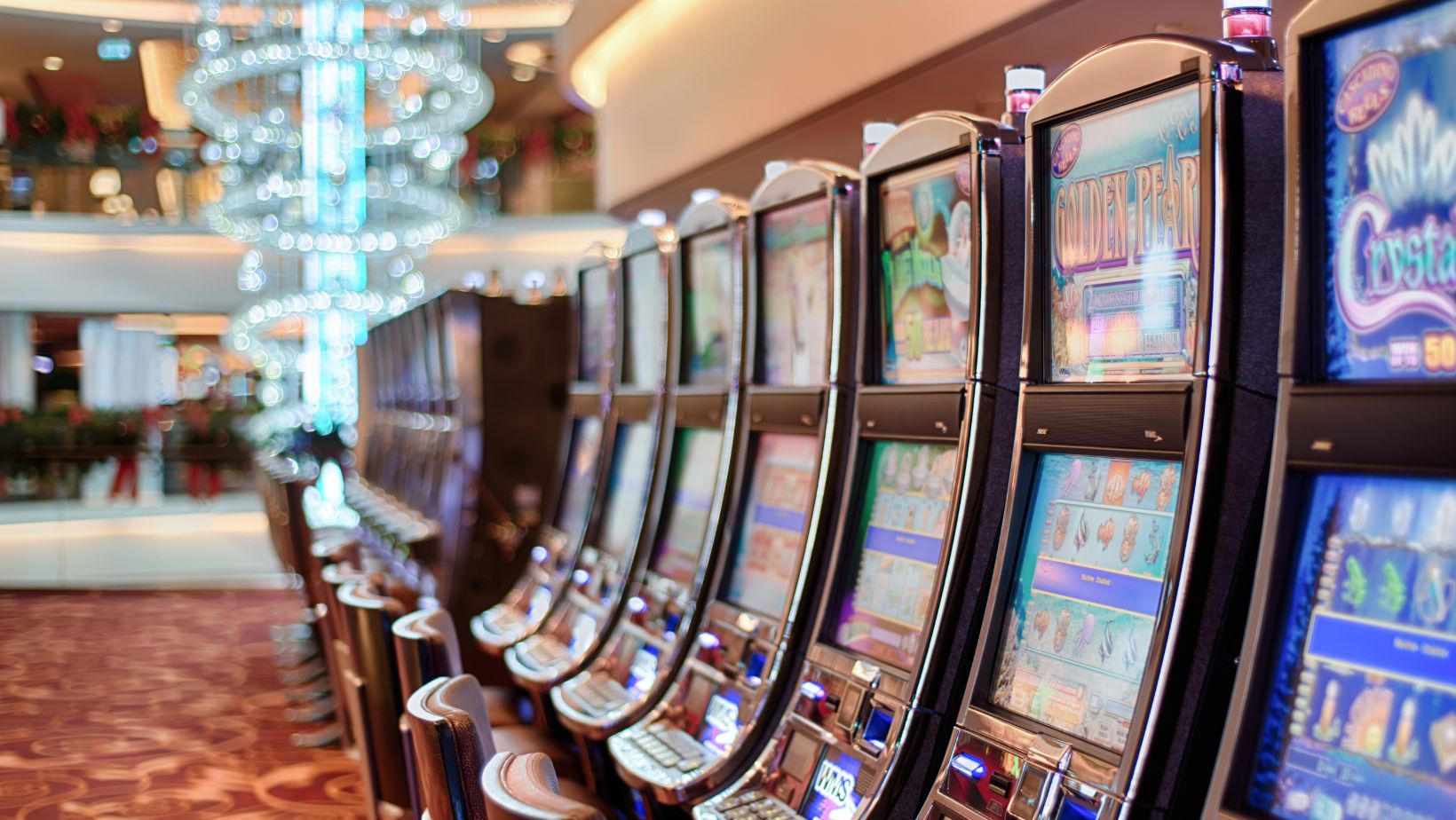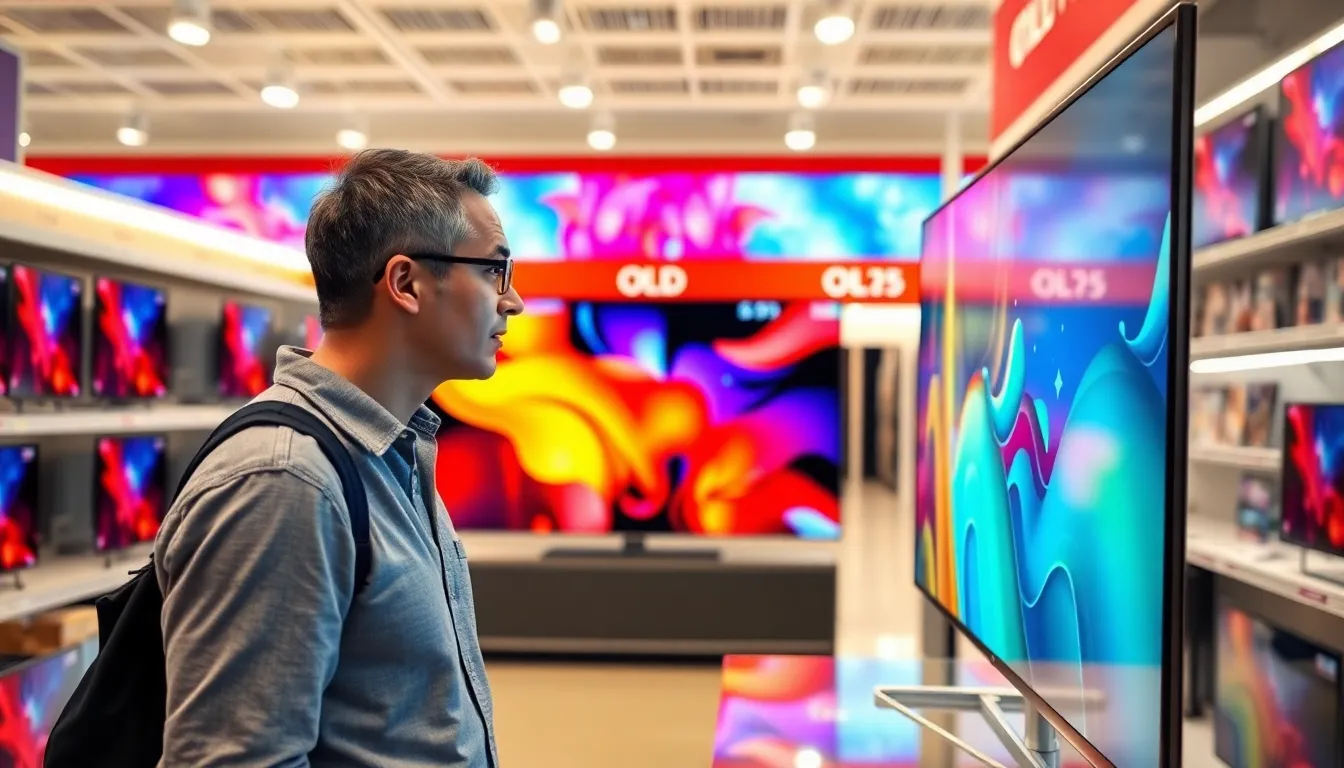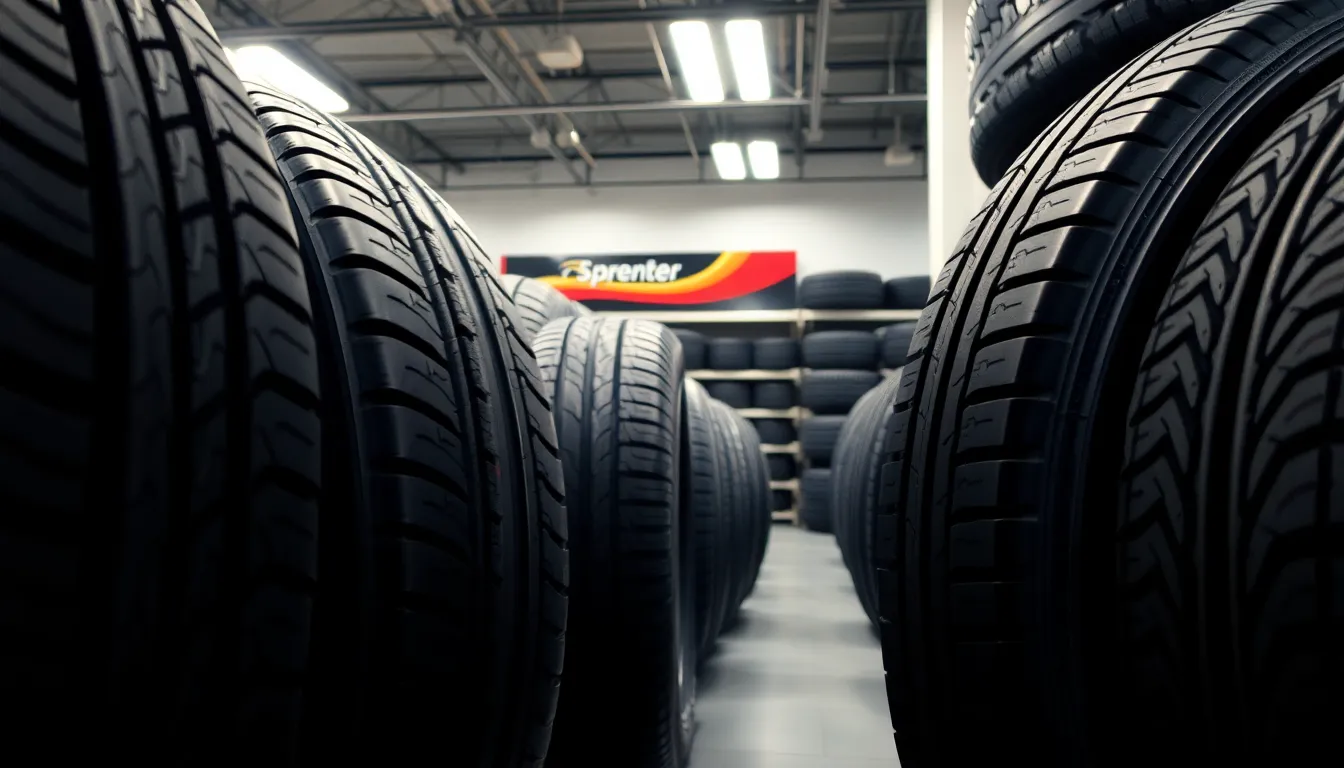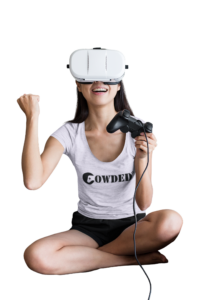In recent years, the photography and modeling industries have witnessed an unprecedented transformation driven by artificial intelligence (AI). At the heart of this change is the fusion of traditional creative expression with cutting-edge AI image generation. This evolution is not only reshaping how images are produced but is also empowering women photographers and models to break new ground in an increasingly diverse and inclusive industry.
A New Era in Visual Storytelling
AI image generation tools are revolutionizing the creative process by allowing photographers and designers to push the boundaries of what is visually possible. These tools combine machine learning algorithms with vast image databases to produce stunning, hyper-realistic images that were once considered the realm of fantasy. For instance, generative AI can create entirely new visual narratives by synthesizing elements from diverse sources, enabling a seamless blend of art and technology.
What makes this revolution particularly significant for women in photography is the opportunity to redefine visual storytelling. Various constraints—such as expensive equipment, elaborate photoshoots, and time-consuming editing processes—are gradually giving way to faster, cost-effective alternatives. AI empowers female photographers to experiment freely, express unique perspectives, and capture authentic moments without the need for extensive resources.
Empowering Women Through AI
Empowerment is a recurring theme in the convergence of AI and photography. Women photographers, who have historically been underrepresented in the industry, are now seizing the opportunity to harness AI tools to amplify their creative voices. The ease of access to advanced editing software and AI-generated image tools levels the playing field, allowing emerging talent to showcase their work on global platforms. This democratization of technology is creating a space where diverse perspectives flourish and the female gaze is celebrated.
Many professionals are now applying software like CGDream that leverages Flux technology to generate the highest level of naturally-looking visuals. This kind of tool provides LoRA styles that can be applied seamlessly to numerous characters and elements—an asset that can transform the workflow of creative professionals by streamlining the creative process while preserving artistic integrity: https://cgdream.ai/
The Power and Perils of AI-Generated Imagery
While AI image generation offers a wealth of creative possibilities, it also raises important ethical considerations.
The technology is capable of producing visually impeccable images at a fraction of the cost and time required for traditional methods, but it may also lead to the displacement of human talent if not managed thoughtfully.
Key Challenges Include:
- Bias and Representation: AI systems learn from existing data, which can sometimes reinforce stereotypes and limit diversity. It is essential to address these biases through continuous feedback and inclusive data sets.
- Authenticity and Consent: As AI-generated images become more prevalent, ensuring that models and photographers receive proper credit and compensation is paramount. Transparent practices are necessary to differentiate between digitally altered images and authentic creative work.
- Creative Control: Many artists fear that AI might erode the human touch that is central to creative expression. Balancing technological assistance with individual artistic vision remains a critical challenge for the industry.
Industry leaders are actively debating these issues, with some advocating for ethical guidelines and new frameworks that ensure AI serves as a tool to enhance rather than replace human creativity. The consensus is clear: AI should complement the artistry of female photographers and models, empowering them to achieve greater heights without undermining their inherent creative strengths.
Innovative Collaborations and Global Initiatives
Around the world, collaborative initiatives are emerging that integrate AI into the realm of photography and modeling while prioritizing ethical standards. Global summits and creative arts expos are increasingly dedicated to exploring the intersection of AI and traditional media. These events provide a platform for professionals to share insights, discuss challenges, and develop strategies to leverage AI for enhanced creative output.
In many instances, these global events serve as a meeting point for the exchange of ideas between technology and art. Such discussions naturally introduce tools that enable creativity without sacrificing authenticity. For example, some professionals have started using advanced solutions like the ai woman generator, which allows them to transfer characters, structure, and style between images. This capability not only maintains consistency across projects but also sparks fresh approaches to visual storytelling that resonate with modern audiences.
Beyond technical enhancements, mentoring programs and networking platforms are evolving to connect established women photographers with emerging talent. These initiatives offer not only technical training on AI image generation but also promote the exchange of ideas that can lead to groundbreaking projects. In many cases, AI tools are used to generate initial concepts that are then refined by human experts, ensuring that the final product remains true to the photographer’s unique vision.
Looking Ahead: Bridging Technology and Human Creativity
The future of photography lies in the harmonious integration of AI and human creativity. As AI continues to evolve, it will undoubtedly introduce new techniques and methods that can further transform the way images are captured and processed. However, the human element—the ability to tell compelling, emotional stories—remains irreplaceable.
For women in photography and modeling, this fusion offers an exciting opportunity to redefine industry standards and challenge long-standing norms. By embracing AI as a powerful ally rather than a rival, female creatives can explore innovative artistic expressions and push the envelope of visual storytelling.
In summary, the fusion of AI image generation with women’s photography and modeling marks a pivotal moment in the evolution of the visual arts. It is a story of empowerment, creativity, and ethical innovation—a narrative where technology and human ingenuity come together to celebrate diversity and redefine beauty. As we move forward, the challenge will be to harness the potential of AI while ensuring that the human touch remains at the core of every image, creating a future where art, technology, and empowerment coexist in perfect harmony.

